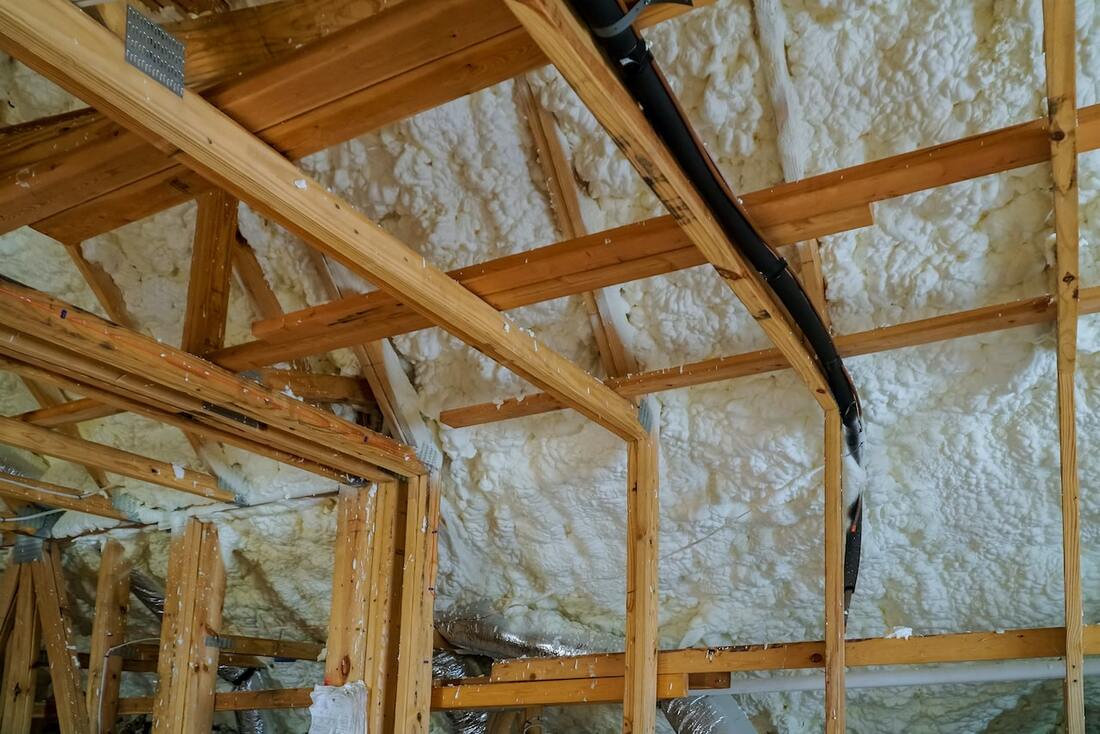When you’re prepared for your first cup in the morning, you can plug your coffee maker into a smart outlet and turn it on with your mobile, but that’ll be as far as you can go with that trade. You can then pick up your phone and switch on the lights of your bathroom. You can then use your phone to change to a comfortable level of the thermostat — the weakness in the execution of these scenarios. You are serving as the smart home center with this set-up, which kind of defeats the purpose. Each time they are needed or wanted, you will be the one charged with carrying out these commands.
To order to ensure a fully interconnected smart home with all the conveniences and advantages, consider investing in a network that serves as the home’s brain and communicates with all your intelligent appliances and devices to tell them what to do and when to do it. Think of the smart hub, such as the top two in the industry (Wink vs SmartThings!) as the unifier which automatically connects to each sensor in your home and enacts multiple commands at the same time. Think about the conveniences of modern times!
Connectivity. Make sure you pick one that integrates with all the smart products you already own before you buy a hub for your home. Since many different companies have developed smart devices, they react to many different protocols, or “languages,” which means that they may have limited compatibility with specific intelligent hubs. Right now, it’s best to buy a smart hub with uniform sensors to control a variety of products that can be placed around your home.
Another possible smart option is to choose a smart hub with an open software framework that encourages device manufacturers to develop software that allows their devices to operate with multiple centers. You can also use several radio waves to search for smart hubs that support more than a few types of protocols. Another choice is a cloud-based network that allows your devices to connect, expanding the functionality, and improving the performance of automatically executing commands.

Protocol Forms. For smart home networks, there are four main types of protocols: Wi-Fi, Wi-Fi, Zigbee, and Z-Wave.
Wi-Fi is used mainly for Internet and media sharing, but can also be used to connect smart home. It’s a high-bandwidth network that appears to drain battery power, so keep an eye on your battery-powered devices to ensure they’re not running out of electricity. The best solution is to plug your computer into an electrical outlet for a continuous supply of power.
To ensure stable communications, Bluetooth uses frequency jumping and encryption. It doesn’t have a bandwidth as high as Wi-Fi, but the types of commands it can send and receive are more versatile. There is also Bluetooth LE, which stands for “low energy.” In contrast to Wi-Fi, Bluetooth LE uses very little power. It can also be used to build mesh networks that allow devices to send and receive commands to expand the network’s reach. Yu are into the right place and here is the link to make you believe your choice, https://yoursmarthomeguide.com/.
Zigbee and Z-Wave use mesh networks mainly to expand the smart home network’s reach. They use very little energy, but the number of commands that they can send out can be reduced. To more straightforward applications such as smart light bulbs and motion sensors, they are therefore best suited. These are also not compatible with smartphones, computers, or tablets, so you need to run them on your router or a Wi-Fi network via Ethernet cable.















